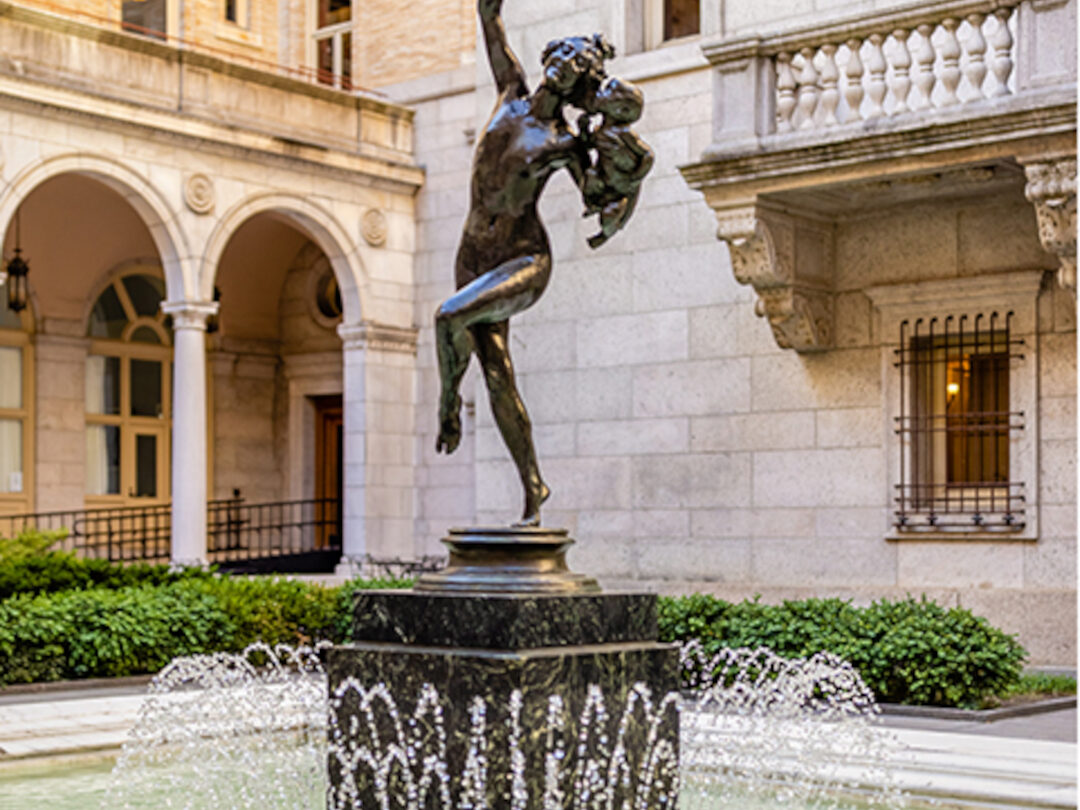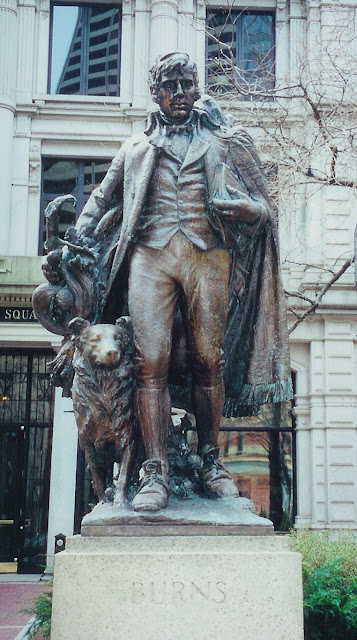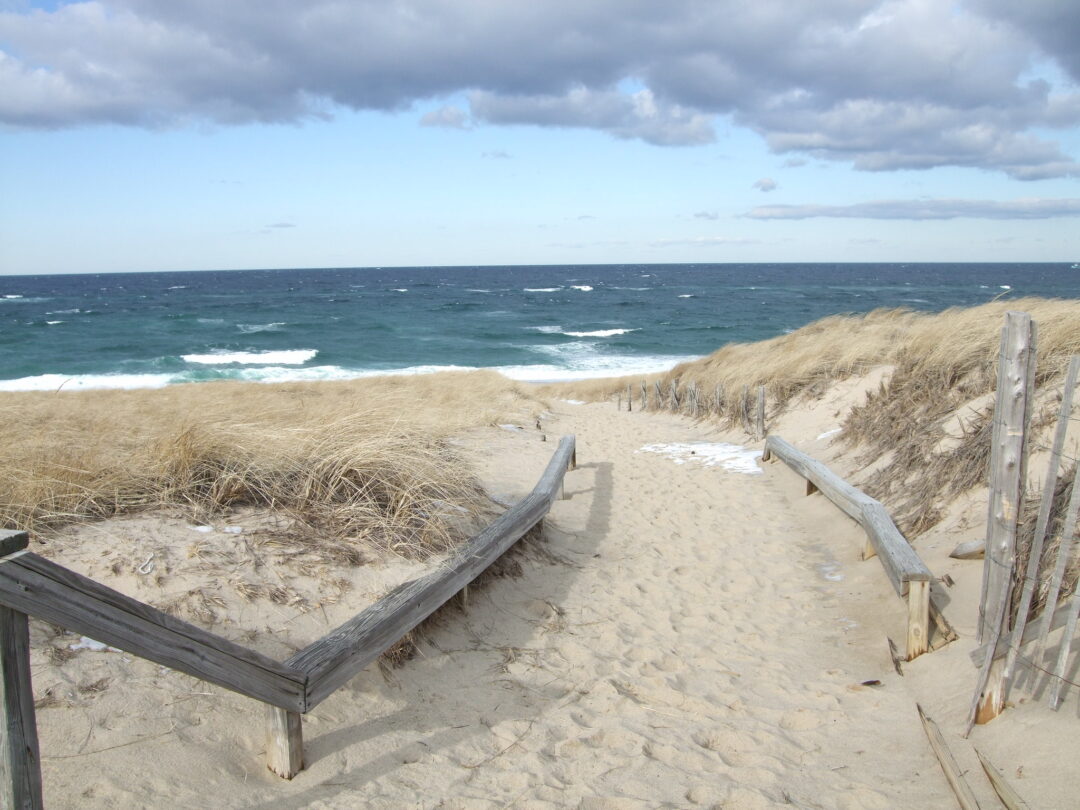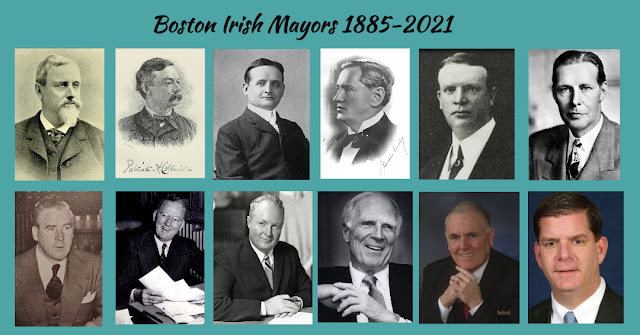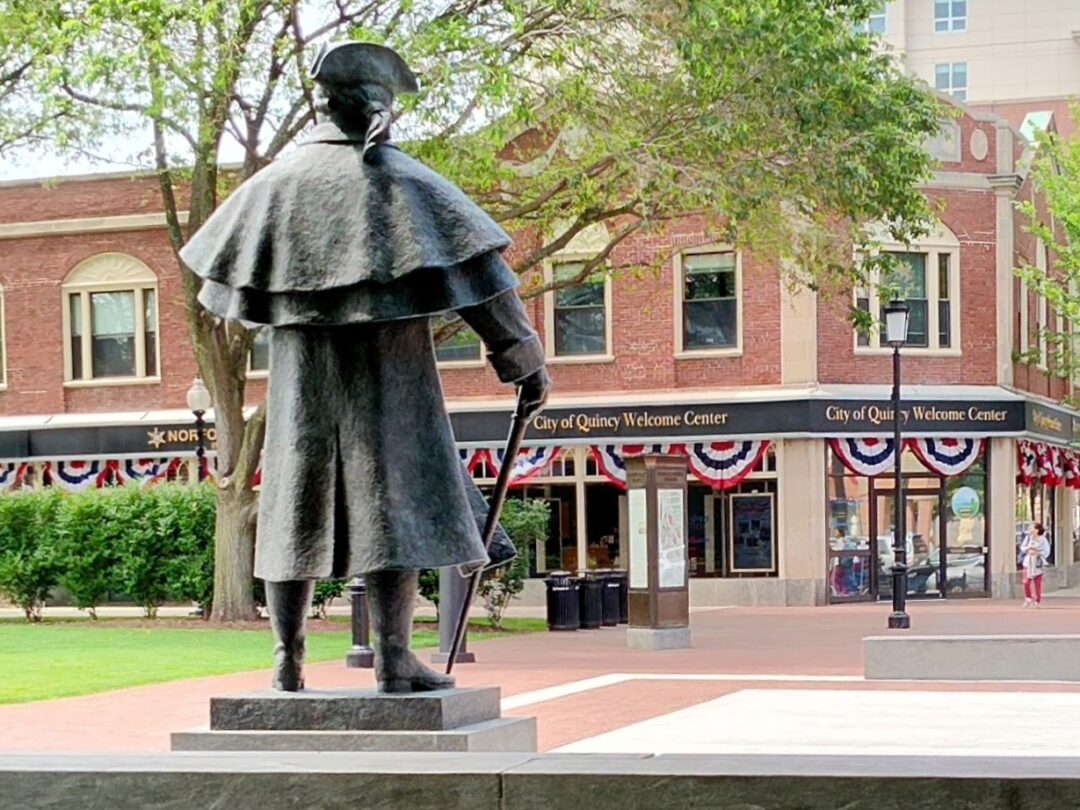Irish Graves at the Old Granary Burying Ground in Boston

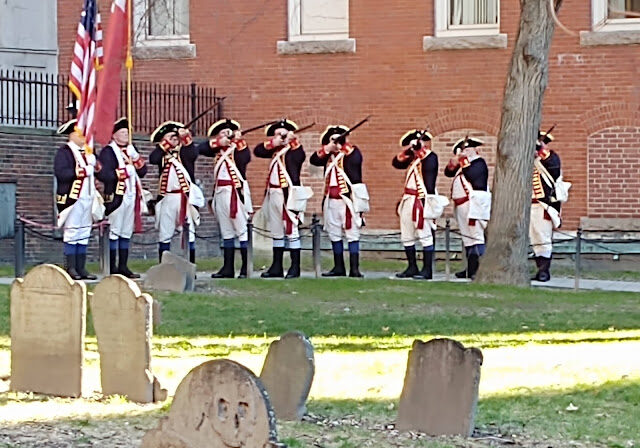
The Granary Burying Ground on Tremont Street in downtown Boston, nestled between Boston Common and Boston City Hall, has a number of important colonial era and Irish Revolutionary War figures buried here.
Among them is James Sullivan (1744-1808), lawyer, orator and statesman. The son of indentured Irish immigrants who settled in Maine, Sullivan was a delegate to the Continental Congress and governor of Massachusetts in 1807.
Robert Treat Paine (1731-1814), whose ancestry goes back to County Tyrone, Ireland, was a signer of the Declaration of Independence.
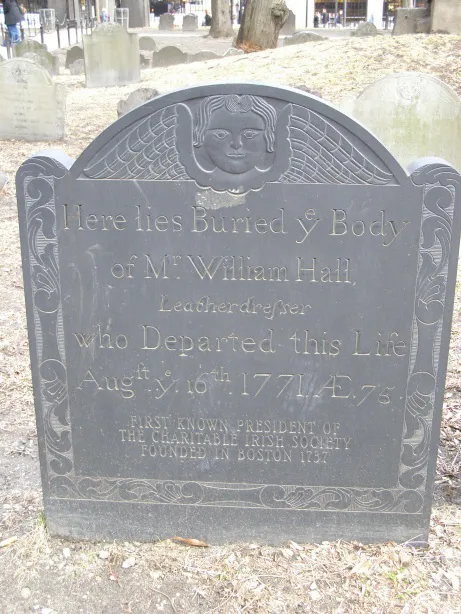
William Hall (d. 1771) was a founder in 1737 of the Charitable Irish Society, the nation’s oldest Irish organization, and the first known president of the Society.
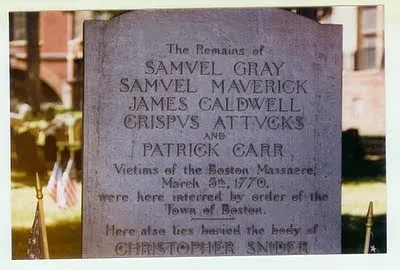
Perhaps the most popular Irish immigrant buried at Old Granary is Patrick Carr, who was one of the five men shot by British troops on March 5, 1770 in an episode that helped trigger the American Revolution. Carr, described variously as a sailor and as a leather maker, Carr was the last to die from the scrimmage and was buried on St. Patrick’s Day in 1770.
Most of the colonial and Revolutionary War burials at Granary Burying Grounds are non-Irish. Among the names are Peter Faneuil, Sam Adams, Crispus Attacks, John Hancock, James Otis, Paul Revere and the parents of Ben Franklin.
Find out more on Boston’s IrishHeritageTrail.com.
Enjoy articles like this?
Join our mailing list and have the latest sent to your inbox.







